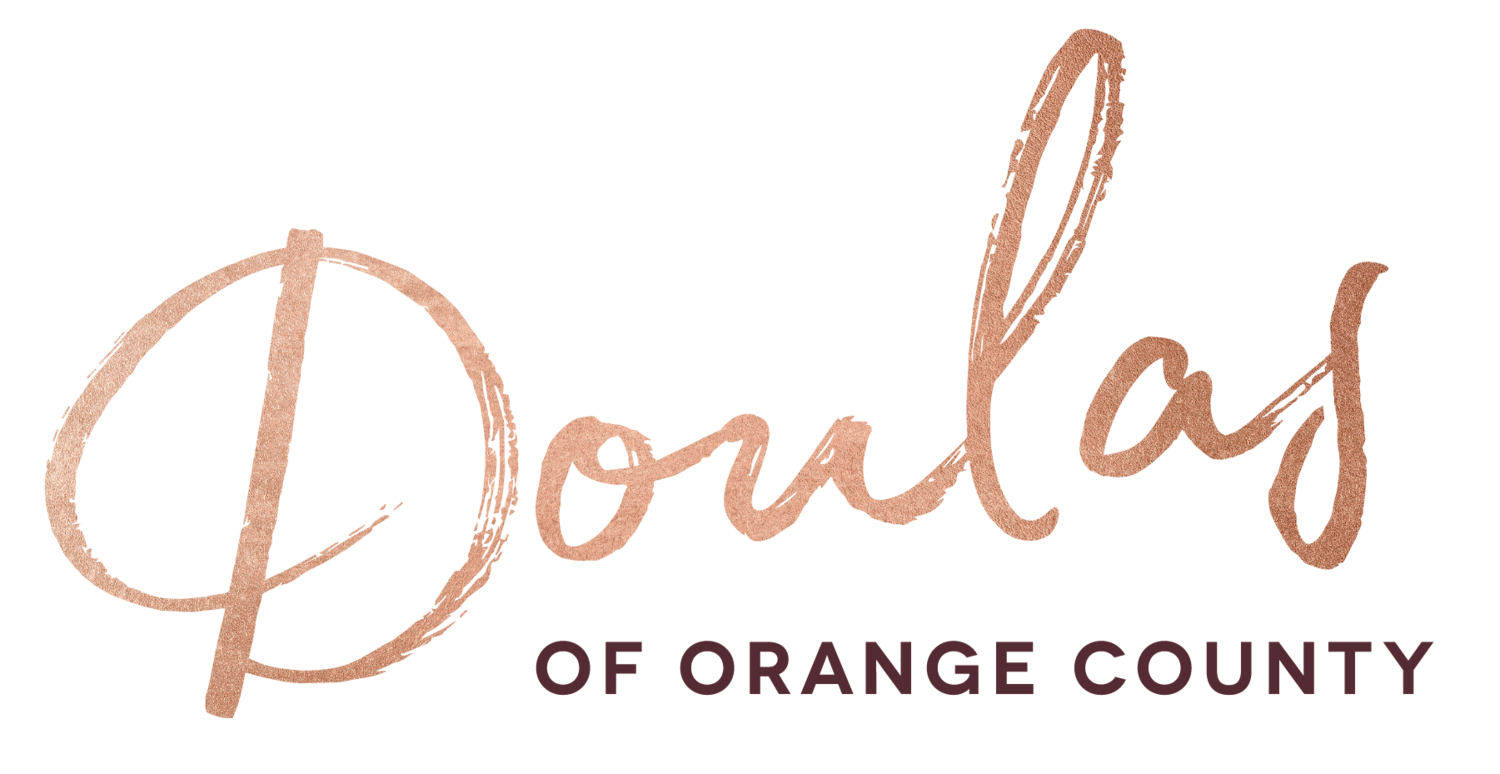Welcome back to our Babywearing Blog Series in honor of International BabyWearing Week! So far I've covered how to get started… if you’re new to babywearing and interested in a quick introduction to the types of carriers and how to find resources in your community, I recommend reading that first.
It should come as no surprise that we at the Doulas of Orange County support anything that promotes a happy and healthy mother and baby. The mother and baby are a unit, even after they’ve been physically disconnected at birth. They rely on each other for many things in the 4th trimester and beyond. Which is why we believe babywearing is such a wonderful asset to your family.
photo: TOPHER DELANCY
Today I want to touch on a few of those benefits specifically related to bonding and attachment.
Happy Baby, Happy Mama
It's true, babies who are worn and kept close are statistically happier babies. In a study published in the journal “Pediatrics”, researchers found that babywearing for three hours a day reduced infant crying by 43 percent overall and 51 percent during evening hours!
Babies spend these moments close to mom in "quiet alertness"... they are calm and aware, absorbing and learning from their surroundings. "In the kangaroo carry, baby has a 180-degree view of her environment and is able to scan her world. She learns to choose, picking out what she wishes to look at and shutting out what she doesn’t. This ability to make choices enhances learning." - www.askdrsears.com
Researchers have also reported that worn babies show enhanced visual and auditory alertness. You can imagine how having a calm and happy baby can directly influence the overall physical and mental health of the mom. Mom and baby are connected. When baby is happy, mom is happy… and vice versa.
Healthy Baby
"Premature babies and babies with special needs often enter the world with fragile nervous systems. When a baby rides in a sling attached to his mother, he is in tune with the rhythm of her breathing, the sound of her heartbeat, and the movements his mother makes—walking, bending, and reaching. This stimulation helps him to regulate his own physical responses. Research has even shown that premature babies who are touched and held gain weight faster and are healthier than babies who are not." - Babywearing International
Bill and Martha Sears note that babywearing stimulates the infant’s vestibular system, the parts of the inner ear that work like levels or sensors to control the body’s sense of balance. The stimulation "helps babies breathe and grow better, regulates their physiology, and improves motor development". This applies to both full-term and premature babies. I find this tremendously fascinating!
Creates a Womb-Like Experience
Baby is nice and snug, feeling mother (or father/caregiver) close, their rhythmic breathing & melodic heartbeat create a soothing environment.
This familiar rhythm, imprinted on baby’s mind from while in the womb, now reappears in the “outside womb” and calms and relaxes baby. Again, reinforcing this closeness, comfort, and connection; which is essential in helping a baby to thrive.
Increases Bonding
Babywearing makes “Kangaroo Care” (skin-to-skin) effortless. And it is not just for the mamas! In fact, babywearing is especially beneficial for fathers, doulas, grandparents, adoptive parents, babysitter, or any loved one for that matter, to help increase the bond between adult and baby.
There is much evidence-based research available which shows how powerful skin-to-skin time is. The philosophy of nine months in the womb and nines months out encourages recreating the womb-like experience as much as possible. This simple act of physical closeness can result in baby's regulation of body temperature, oxygen saturation levels, and respiratory and heart rates. Not to mention it elevates mom’s oxytocin which helps combat postpartum depression and can increase her milk supply.
There is an incredible amount of research that supports the benefits of bonding and healthy attachment in the first year of life. The needs of the baby are met easily and comfortably while being carried or worn by a loved one. But what happens when life’s other needs start to interfere? How can we cope when our baby needs our constant love and attention? Next up in our series we’ll talk about the joys and benefits of babywearing while creating a hands-free lifestyle!

